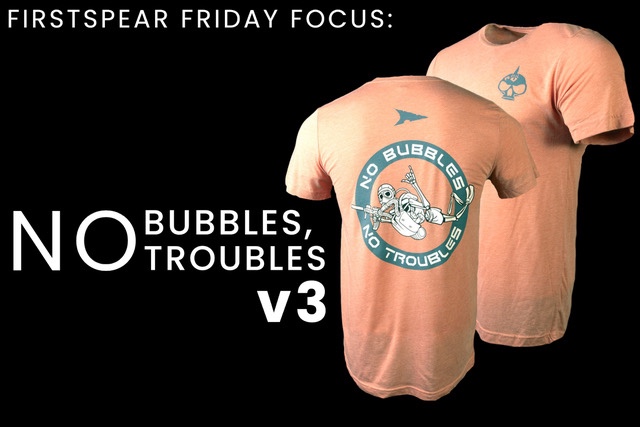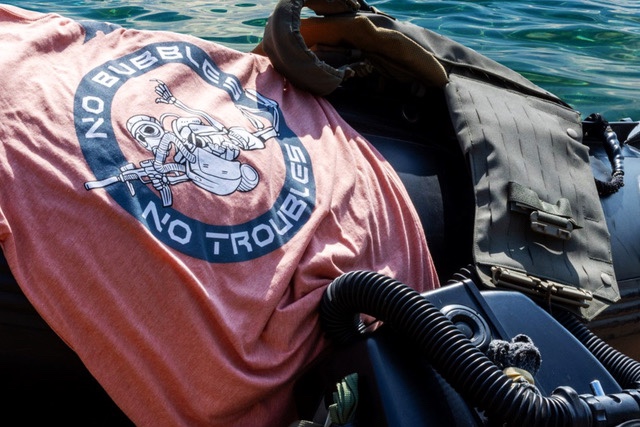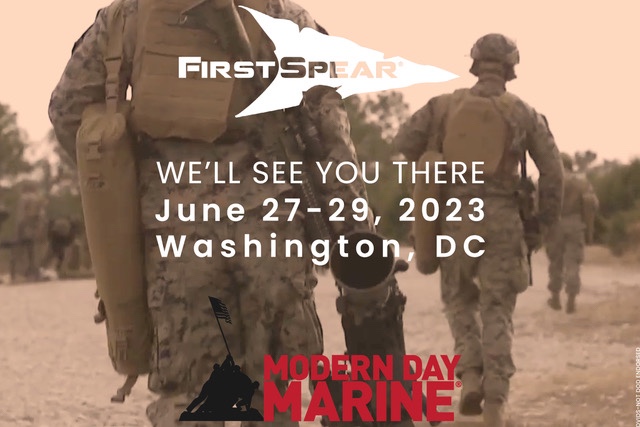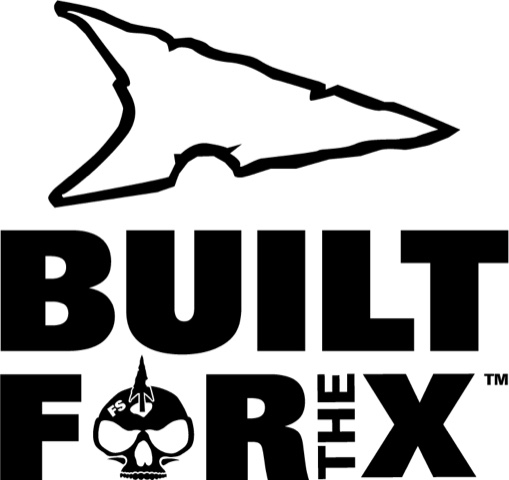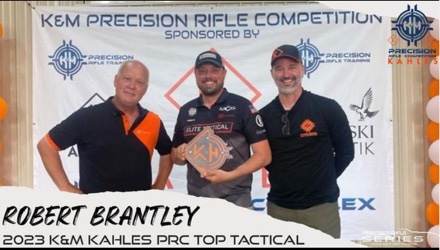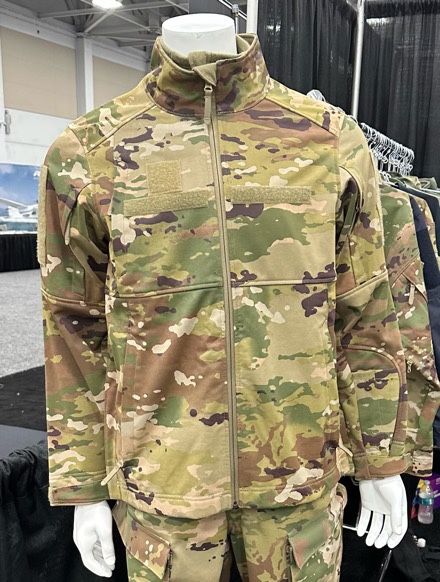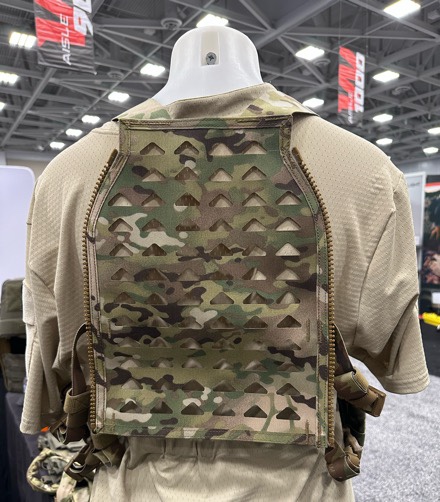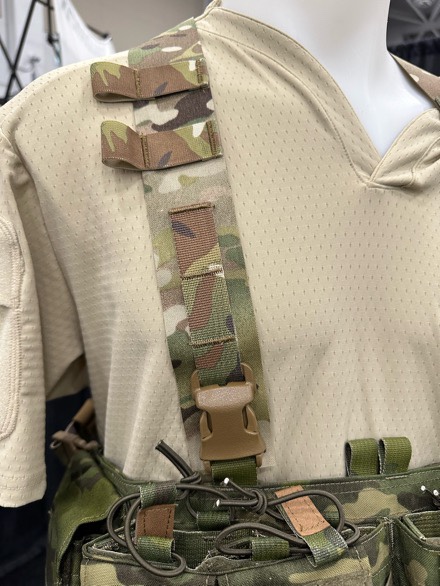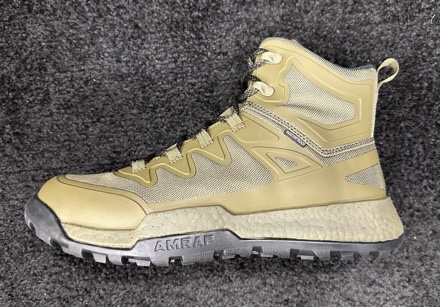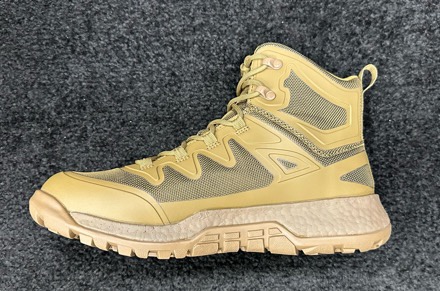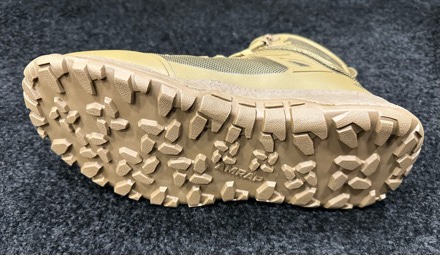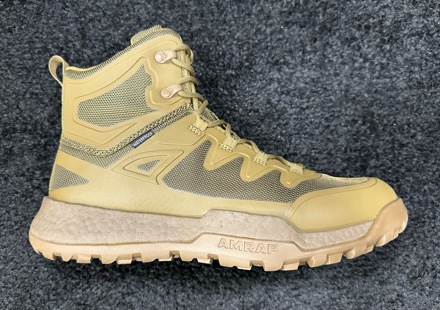Camouflage, in the form of paint applied to aircraft, has been regularly studied and experimented with since the First World War. The use of ground-based or airborne radar to detect enemy aircraft did not have significant application until the British used it successfully during the Battle of Britain in 1940. Until that time and even after, until radar was in widespread use, visual detection of aircraft was the primary means. The Army Air Corps and the wartime Army Air Forces wrestled with a number of aircraft camouflage concepts during the pre-war and wartime years. The final standards, schemes and colors were a compromise, and balanced a number of factors. All of this work was indicative of an air arm that now contemplated the task of executing new, world-wide, missions and operations.
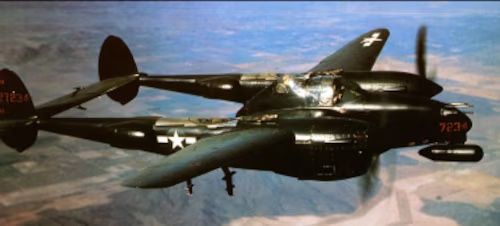
The basic problem of how to camouflage any object starts with the concept of visibility. An object such as an aircraft is visible because it contrasts with its background – either the sky or the ground. The contrast may be in shape, shadow, texture, color, shine (flat to gloss), movement, or any combination of those characteristics. A regular or known shape will identify an object. Shadow and contrast also define it. A light-colored aircraft on a light runway is visible because of its shadow. A dark aircraft on a light runway or a light aircraft on a dark runway is visible because of its contrast. A dark aircraft on a dark runway helps to obscure both conditions. A moving aircraft seen against the sky or against the static terrain is visible because it attracts attention. All these physical factors need to be accounted for to some degree when deciding on camouflage schemes.
Similar to other tradeoffs in aircraft design, when dealing with the practical decisions regarding aircraft camouflage, there are many alternatives to be considered. A single-color scheme is not going to be suitable for all weather and seasonal variations and regular repainting during combat operations is not practical. What works well to hide an aircraft on the ground may be the opposite of what works well for the same aircraft in flight, so a compromise is necessary. The aircraft shape cannot be changed, so experimenting with different painting designs may determine what helps to “break up” the shape and make it less conspicuous.
Paint adds weight to an aircraft which can lower the performance; however, paint does improve resistance to corrosion which reduces maintenance and lengthens the aircraft service life. The paint itself must be durable enough to withstand field use and weather/sun exposure without significant fading or chipping which would reduce the overall camouflage effect. Painting an aircraft adds both material and labor costs, as well as schedule, to aircraft production – a non-trivial consideration during the rapid mass production executed during World War II. National insignia must be applied and must be visible – in some ways defeating the main purpose of camouflage to begin with. Finally, industry must be able to produce the paint in enough quantity and to required finish specifications in order to meet the needs of the Service and a very large aircraft fleet.
As far back as World War I, camouflage schemes were considered for aircraft. One disturbing factor that moderated the search for an effective concealment approach for U.S. aircraft was a report of a high number of “friendly fire” shootdowns of Allied planes by other Allied airmen because they could not distinguish their markings. As a result, the U.S. decided to err on the side of safety adopt the U.K. practice of painting, or “doping,” the fabric aircraft with one solid color, hoping this would reduce the number of accidental shootdowns.
After WWI, the U.S. Army and Navy continued extensive, parallel, and in some cases overlapping, experiments with aircraft camouflage. The research initially was focused on dying different materials and dopes for use on fabric-covered aircraft. As these fabric-covered aircraft gradually gave way to metal-skinned aircraft in the U.S. fleet, the focus changed to evaluating different paint formulations for metal surfaces. In the late 1930s, the Air Corps experimented with a number of camouflage schemes and measured their effectiveness in limited engineering testing. Additional practical trials were then conducted with temporary finishes as part of nation-wide exercises and war games. These temporary finishes were in a wide range of blues, greens, whites, grays and even purple!

By February 1940, with the war in Europe now raging, the Air Corps embarked on a comprehensive, service-wide initiative to test “protective coloration of aircraft, both in the air and on the ground.” The Air Corps had already decided by 1940 to specify a uniform design and color for tactical/combat aircraft, so the question to be answered was, which schemes would be adopted? Several Army and Air Corps organizations, with different and specific responsibilities, contributed to the effort. This extensive study considered many of the factors previously discussed: visibility, application, national insignia, durability, cost, materials, and both in-flight and ground effectiveness. They studied both U.S. Army and Navy and British systems to arrive at the best consensus.
What resulted, in April 1942, was a general standard adopted by both the Air Corps and the Navy. On the Navy side, ship-based aircraft and flying boats would be camouflaged with Non-Specular (lightdiffusing) Medium Blue Gray on the upper surfaces and Light Gray on the undersurfaces. For the Air Corps, Army land-based planes would be Olive Drab on the upper surfaces and Neutral Gray on the lower surfaces. The Army Ground Forces also adopted Olive Drab as the basic camouflage for all of their vehicles during WWII. (Olive Drab, although it appears “green” to the eye, is technically a mixture of black and yellow, Neutral Gray is a mixture of pure black and white only).
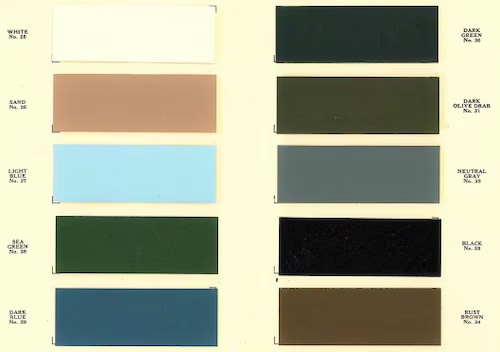
The main categories of aircraft considered for application of camouflage were roughly: combat or combat support aircraft (such as transports), high-altitude photographic reconnaissance aircraft that operated alone or in small formations; and night fighters or night bombers which required a special degree of invisibility in the night sky. A separate sub-category of combat aircraft early in the war was anti-submarine patrol planes which needed to be hidden from surfaced submarines so they could make their approach and attack before they were detected, and the sub had a chance to submerge and escape.
During operations overseas in different theaters, local variations of standard schemes were also used. Olive Drab aircraft were also later painted with Medium Green “splotches” or “blotches” around the upper surface leading and trailing edges to better conceal them when parked. Fighters and bombers in desert regions also used colors more suited to the surrounding terrain to break up the shape of the aircraft. In some areas of the world where U.S. Army Air Forces supplies were not available, units applied British Royal Air Force colors to their aircraft, as closely approximating the U.S. standard schemes as they could.
So-called “Haze Paint” for photo-reconnaissance aircraft was an interesting problem. These aircraft normally operated at high altitude, often alone, and required them to fly specific controlled flight patterns to get the necessary photographic coverage of targets. This made them especially vulnerable to interception by fighter aircraft or ground-based air defenses. Considerable efforts on the part of the U.S. Army Air Forces and industry were expended to make these aircraft as invisible as possible through passive defense measures. The aim with this was to increase their chances of mission success. Several special formulas and techniques for haze painting were tried out, principally on reconnaissance versions of the P-38 fighter, known as the F-4 or F-5. The development and use of this special paint was probably studied more extensively than any other aircraft finish during the war. Haze Paint was intended to vary the appearance of the aircraft from blue to white depending on the viewing angle. The scheme was successful at reducing the visibility of the aircraft at high altitudes, but it was highly dependent on application method and expertise of the painter. As a result, to allow the application of these finishes to large numbers of mass-produced aircraft, a synthetic or simpler-to-produce haze paint was developed and used by Lockheed. Over time, scuffing and weathering of Haze Paint on operational aircraft reduced its effectiveness. Further, an additional drawback to sporting a haze finish is that it highlights to the enemy the fact that this is a special reconnaissance aircraft, and therefore potentially unarmed. Other than applications to a small fleet of photo aircraft, Haze Paint and synthetic Haze Paint was only used for a limited period during the war.
Night fighter paint schemes were also heavily researched, and the resulting “best approach” ended up being counter-intuitive to initial assumptions about what finish would work best to hide the aircraft from ground or air observation and reflection of search light beams. After extensive testing on many airframes, it was determined that either a glossy black finish or a standard Olive Drab was actually more effective at this objective than a flat black finish. This was standardized by 1944, when it was directed that all night fighters (P-61s, P-70s and later P-38Ms and P-82s) were to be painted with glossy black and, if possible, polished to a mirror-like finish. (The specification for this gloss black was Jet Finish No. 622, probably where we get the name “Jet Black”). Because of their unique mission, night fighters were the notable exception to the late war AAF directive to cease camouflage painting. In fact, night fighters remained in their glossy black finish even through the Korean War, after which the mission ceased, and the aircraft left the USAF inventory.
Because the Atlantic U-Boat threat to the U.S. East Coast and Great Britain was so immediate, significant resources were put against finding an effective paint scheme for sub-hunting aircraft. The main threat to the aircraft in this mission was not from enemy aircraft, but rather surfaced submarines. The working assumption for these studies was that the aircrew had no more than 30 seconds to strike a sub on the surface before it executed a crash dive. This made visual “stealth” essential. After a series of tests of different finishes at various altitudes, sky conditions and viewing angles, the optimum scheme proved to be: Insignia White on the undersurfaces, leading edges and sides of the aircraft and either Olive Drab or Neutral Gray on the top surfaces. Variations of this specific type of camouflage for the submarine search mission were used by both the U.S. and the U.K. and proved effective for allowing the patrol aircraft approaching from head-on to avoid detection until the last possible moment – and strike submarines on the surface before they had a chance to escape below the surface. The scheme was clearly specified to be used only on aircraft that operated in a theater where “no enemy air opposition is to be expected” because this new design was not optimized for air-to-air concealment.
A special technical concern arose during the war involving detection by infrared (IR) photography. IR aerial photography could be employed to detect and defeat camouflage and “see through” natural haze to find objects on the ground. This technology was still in the early stages, but enough of a concern that the AAF examined families of paints and finishes that would frustrate infrared detection. By July 1942, this work eventually led to the development and application of a special shade of “high infrared-reflecting Olive Drab,” (based on a chromium oxide pigment) that promised the highest degree of protection against IR photography. Aircraft upper surfaces were to be painted with this new finish to mask them from detection by enemy aerial reconnaissance. During the period, the USAAF sourced aircraft paint from as many as a dozen or more different suppliers to ensure they had sufficient stocks on hand to cover the vast wartime fleet.
Throughout the war, there was a continual debate over the overall value of camouflage finishes versus leaving the aircraft in natural metal or unpainted, which offered a bit more extra speed due to either polishing of the surfaces or reduction in weight. There is a speed penalty imposed by rough painted surfaces that increases aircraft drag contrasted against smooth polished metal.
Within the USAAF, there was never a consensus about which property was more important— concealment or speed – so instead they settled the issue by directing that manufacturers cease camouflaging most combat aircraft as of 1943. This instruction applied to most combat aircraft, except some tactical fleets, such as transports or gliders. In light of the progress of Allied forces it also made sense operationally – air superiority over the battlefield was now changing over from Axis to Allied air forces; German progress in radar surveillance and detection made visual concealment less vital, especially in the case of large fleets of hundreds of strategic bombers daily hitting the Third Reich. Additionally, Allied bases in the U.K. and on The Continent were less threatened by surprise air attack because of our own radar coverage. The AAF summarized the situation in April 1943, “Due to the early warning and vectoring capabilities of radar, camouflage is losing its importance when weighed against the cost in speed and weight.” Some local commanders in the Pacific still felt camouflage was necessary for use in some geographic areas.
Reducing the aircraft weight and increasing performance was now offered a better tactical advantage to fighters and bombers. The piston-driven fighter aircraft particularly needed all the speed they could get to deal with the threat from the German jets. There was also the secondary benefit of reduced cost and production time, which facilitated quicker replacement of lost airframes.
Ironically, in spite of all the years of studies and experimentation, at the end of the conflict in 1945, camouflage finishes had almost entirely disappeared from USAAF and then USAF aircraft through the 1950s. By then, radar detection had almost totally eclipsed visual means. Camouflage finishes only made a significant reappearance after operations in Southeast Asia in the 1960s brought back the need to conceal aircraft against the jungle terrain in that particular theater.
The majority of the text for this Look Back is adapted from the Air Materiel Command Historical Study No. 115., Case History of Camouflage Paint, Volumes 1 and 2, January 1947 (research completed to November 1945.) For Further Reading: Bell, Dana: Air Force Colors, Volumes 1, 2, 3., (Nos. 6150, 6151, 6152.) Carrollton, TX: Squadron/Signal Publications Inc. 1979-1980.
By Brian J. Duddy
Air Force Materiel Command History Office
Full Text: media.defense.gov/2023/Jun/21/2003245250/-1/-1/1/LOOKBA_1.PDF/LOOKBA_1






